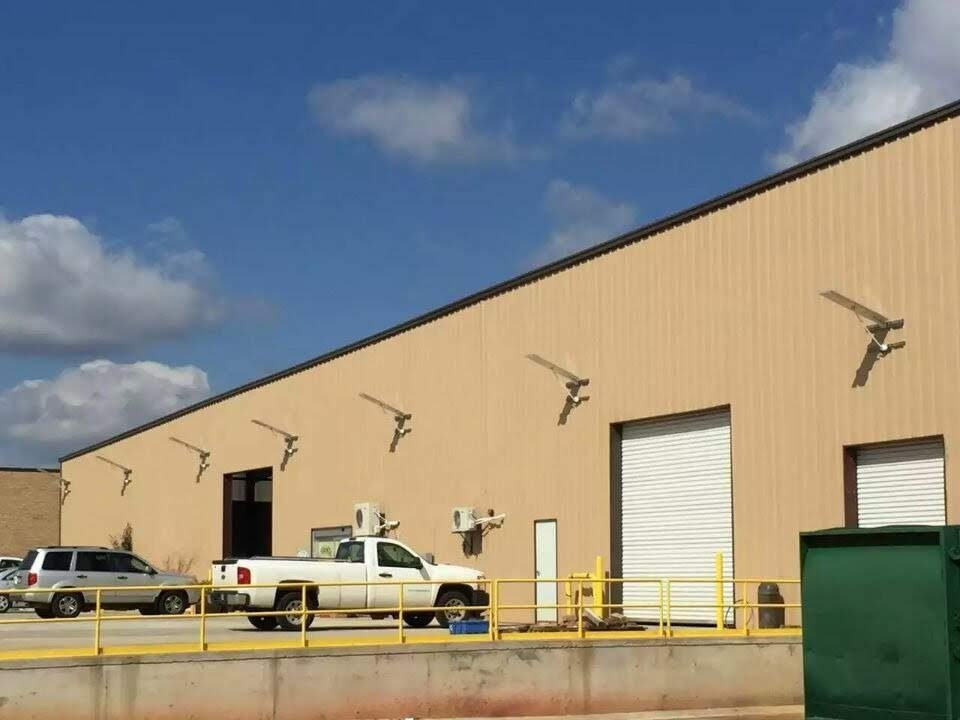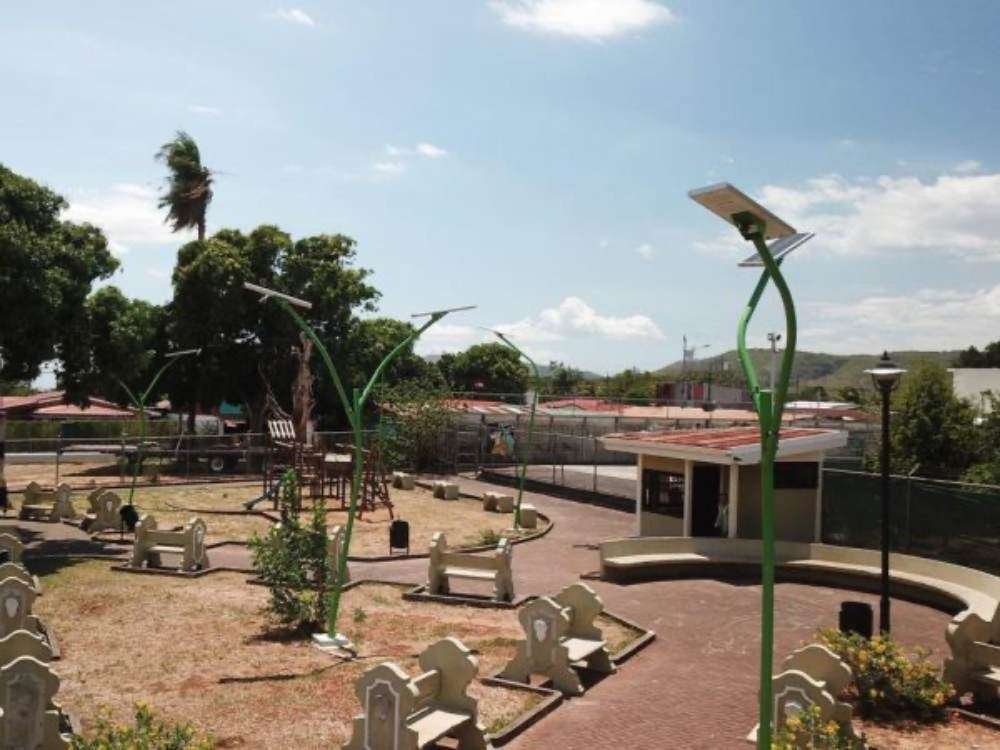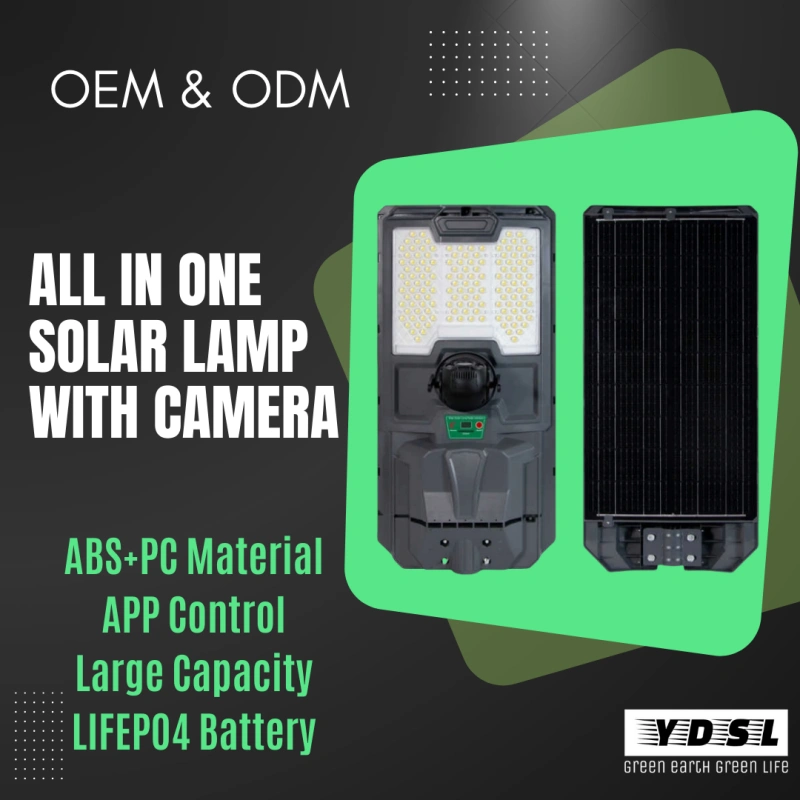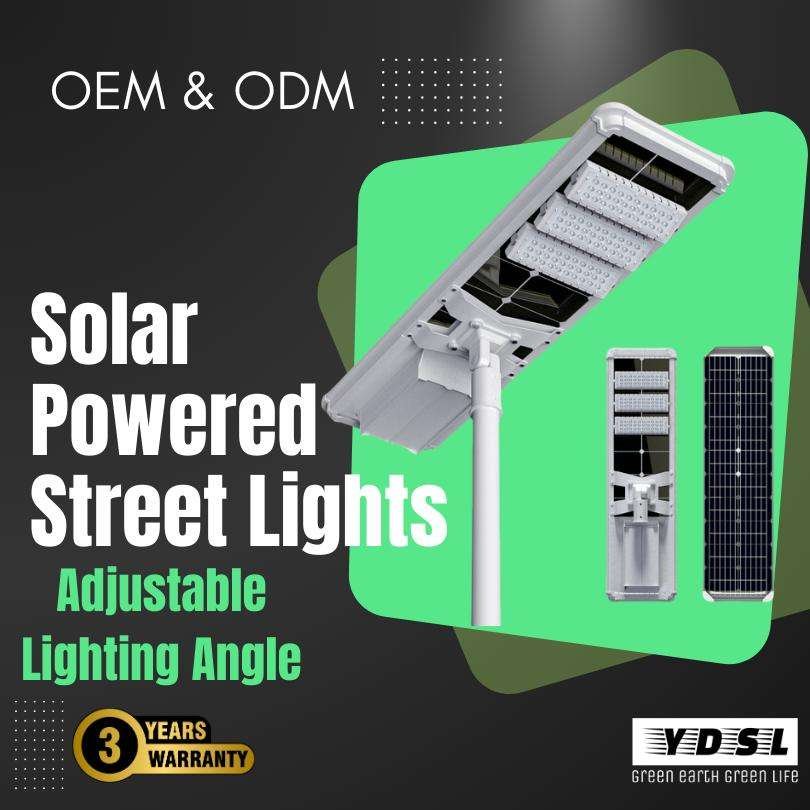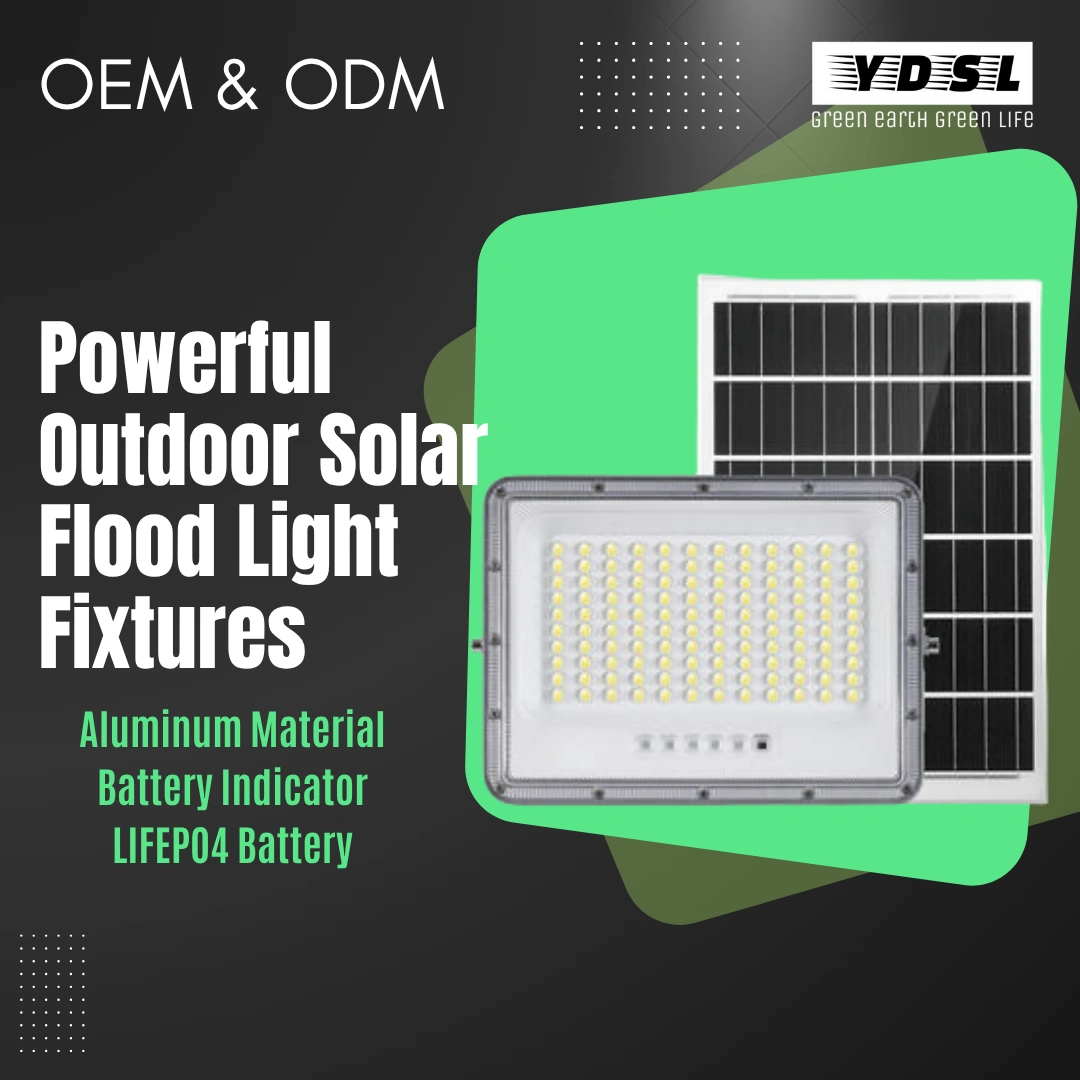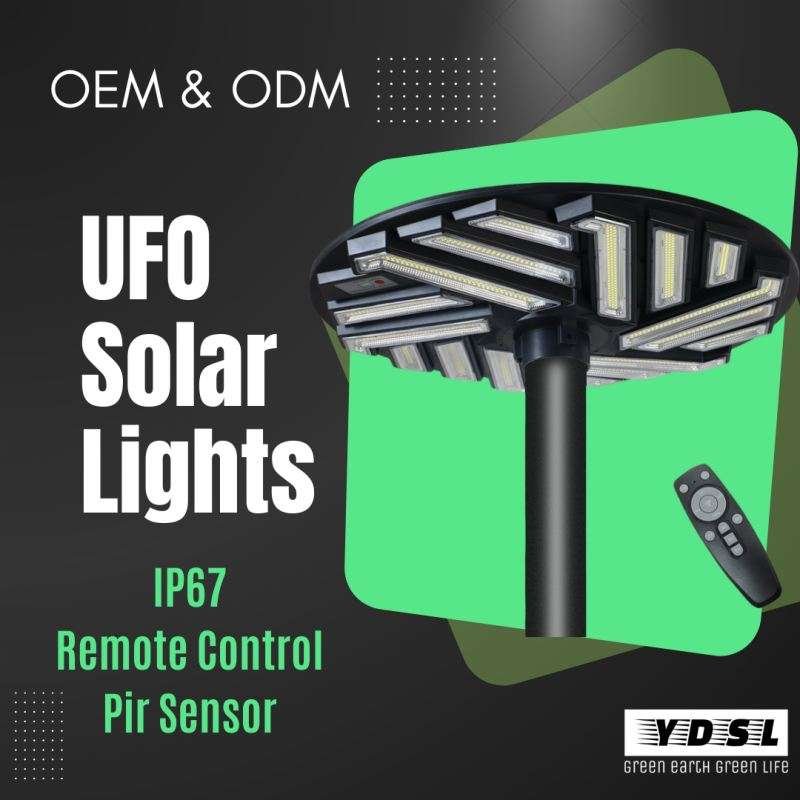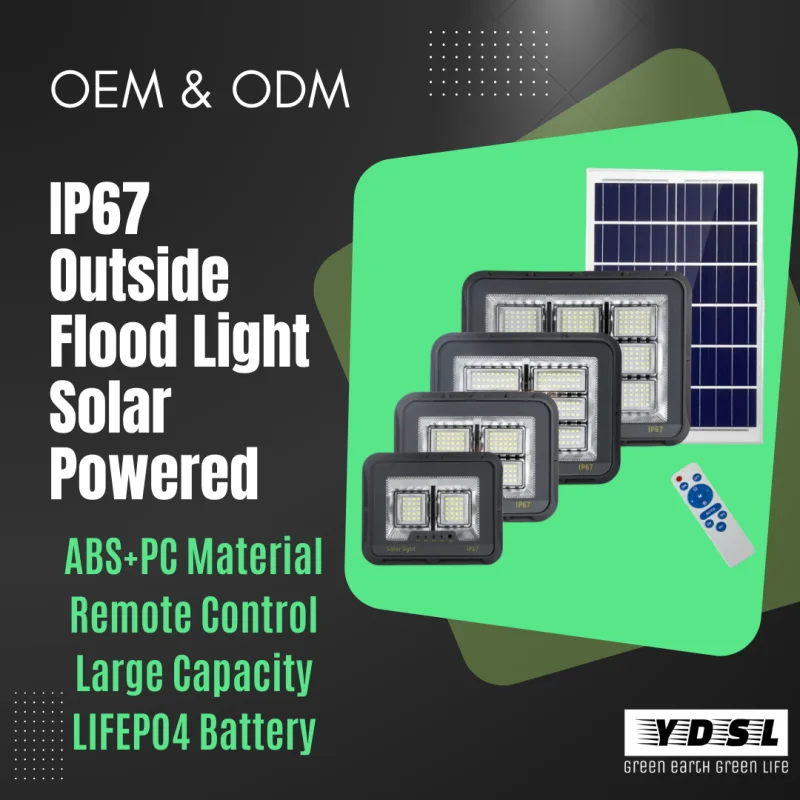All In One LED Solar Street Light: Disadvantages & Advantages
Some types of LED solar street lights use high-power chip LED light sources, like all in one LED solar street light. They use solar power, save energy, are good for the environment, last a long time, and are easy to install. Because you don’t have to set up an electricity grid or put up street light poles, they are movable and can be used to light up areas in the middle of cities and other places.
Disadvantages of all in one solar street light
1. Higher Initial Investment Costs
All-in-one solar street light has a lot of high-quality parts packed into a small, waterproof body, which makes it much more expensive to make. For the combined design to work, custom-sized lithium iron phosphate (LiFePO4) batteries that have to fit perfectly inside the small room available.
The original cost of buying this system is much higher because these specific parts are 30–50% more expensive than regular split solar lighting systems.
2. Dependent on local sunlight conditions
The system’s performance changes a lot depending on where it is located. Areas near the equator get the most sunlight, while areas near the poles see big drops in efficiency.
Changes in the seasons and local weather conditions like fog or clouds can cut daily charging capacity by more than half, which makes operation much shorter.
In the worst cases, the lighting could go from 12 hours to just 4 to 6 hours with a 30 to 70 percent decrease in brightness. Details in how long do solar lights last at night?
3. Limited Battery Service Life
Integrated lithium batteries can only hold 20 to 50 Ah of power because they are small, and operating them in sealed environments at high temperatures speeds up their breakdown.
Even though the expensive LiFePO₄ cells are rated for 3,000 to 4,000 cycles, the battery life is cut even more by deep drops that happen a lot during bad weather.
In real life, batteries last between 3 and 5 years in cold climates but only 2 to 3 years in hot climates. After 1,500 cycles, they usually only hold 70% of their original capacity.
4. Design Limitations on Solar Panel Efficiency
LED integrated solar street lights are not as efficient as other systems because the panels can only be 30–60W and they have to be mounted at a set angle, which means they can’t gather as much energy (20–40%). Because they are small, they are more likely to lose 50–70% of their power when partially blocked, which is almost three times as much as with split systems.
This means that much less energy is produced each day (200–300Wh) than with standard split setups (500–800Wh), so either the length of time the lights are on or their brightness have to be lowered.
advantages of all in one solar street light
1. Energy Saving & Eco-Friendly
Integrated solar street lights don’t need energy and use fewer fossil fuels because they get their power from the sun. Since they don’t need to be connected to the power grid, they use a lot less energy altogether while still working reliably. This long-lasting option helps lower carbon emissions, making it a good choice for current lighting needs that are also good for the environment.
2. Easy Installation
The entire design gets rid of complex wiring systems, which makes the whole building process a lot easier. These lights can be put up quickly, even in hard-to-reach or remote areas, because they don’t need to be hidden or wired into the ground. Because they are plug-and-play, they are perfect for building infrastructure quickly in places with few resources.
3. Low Maintenance Costs
These systems work automatically, so they reduce the amount of work needed. Their strong construction means they will last a long time (usually 5 to 8 years) and won’t break down as often as regular streetlights. The modular design makes it easy to change parts when they break, which lowers long-term upkeep costs even more.
4. Smart Control Capabilities
Most types have both photocell and timer controls so that they work best in different light situations. Users can easily change the amounts of light and the times that the device runs to suit their needs. More advanced versions let you watch and handle the system from your phone or computer, so you can manage it in real time.
5. Enhanced Safety Features
The entirely sealed design doesn’t leave any apparent wires, so there aren’t any electrical dangers in public places. Since these lights use low-voltage direct current (DC), there is almost no chance that repair workers or walkers will get shocked by the electricity. Because of these safety benefits, they work great in places like schools, parks, and neighbourhoods where public safety is very important.
Conclusion
All in one solar LED street lights work great in places that aren’t connected to the power grid, on country roads, and in cities where electricity isn’t available. They are an interesting option to street lights because they use little energy, are easy to set up, and don’t need much upkeep. They are good for current building projects because they are easy to handle and make things safer.
Some problems with these systems are that they cost more up front, they depend on sun power, and the batteries wear out over time. They don’t work well in cloudy or wet areas, as locations and weather can affect them. Despite these problems, advances in battery technology and solar panel design have made them more reliable.
To sum up, in many conditions, all in one LED solar street lights are practical and environmentally friendly. However, you need to carefully consider your site and system size to get the most out of their benefits. In places with steady sunlight, they give off long-lasting light that uses less energy. Hybrid systems may work better in places with less sunlight.
Related Products
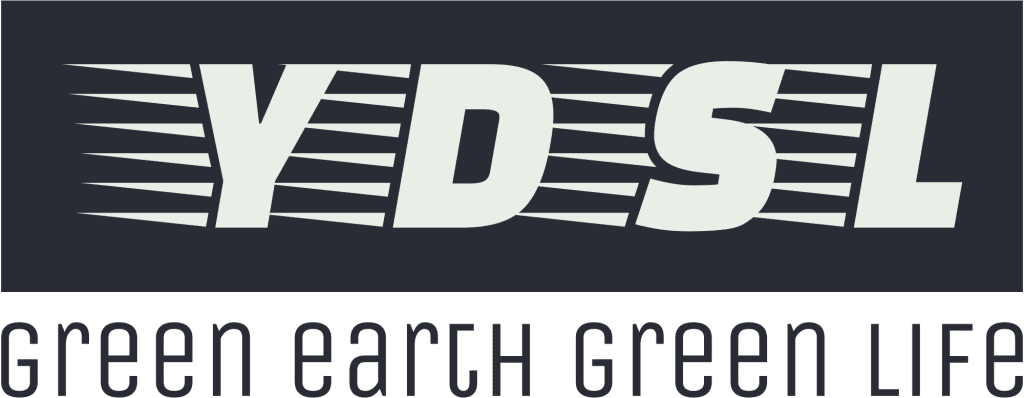
Green lighting for a green life.
Professional and intelligent manufacturer
- Email: info@ydsolarlight.com
- Whatsapp: +86 18912106317
- Wechat: owen17173
